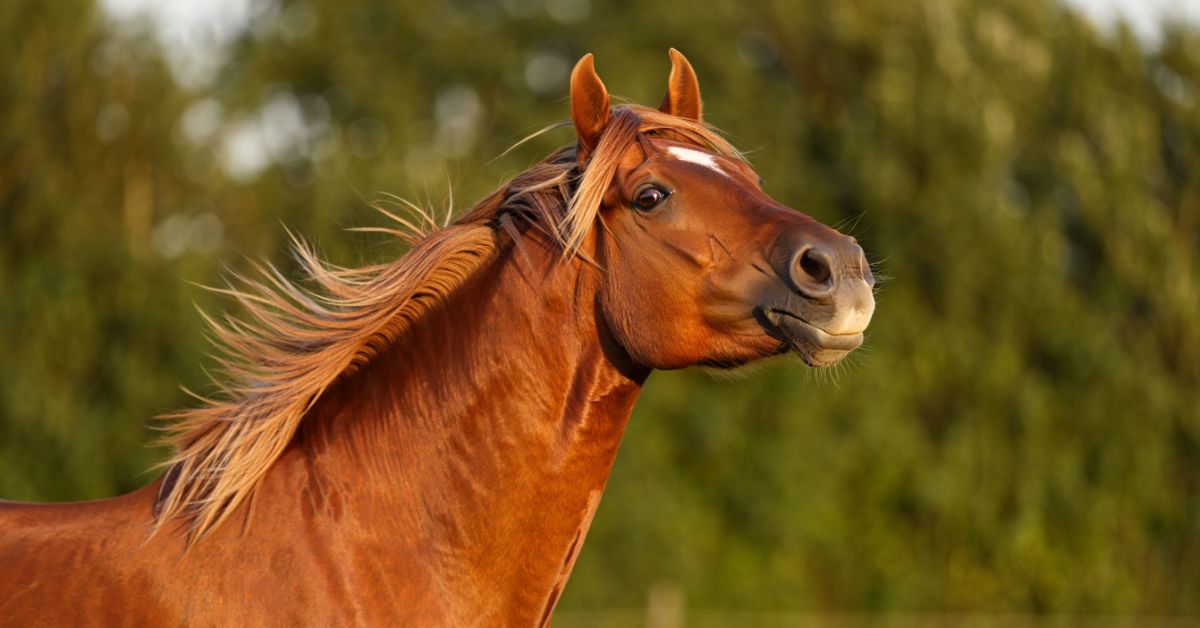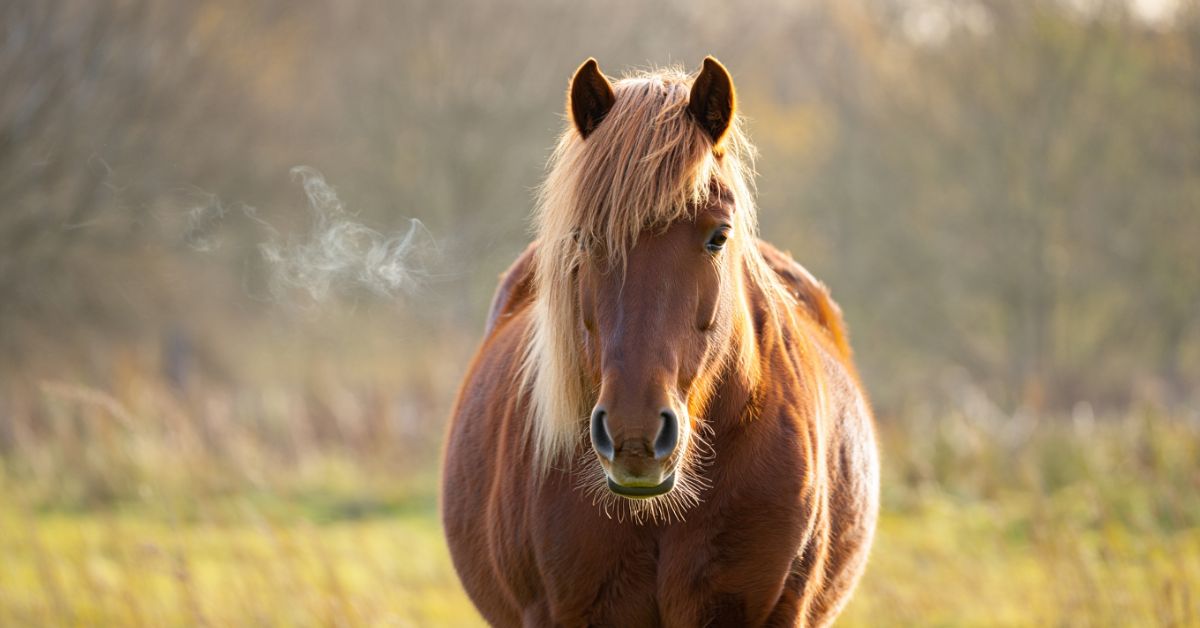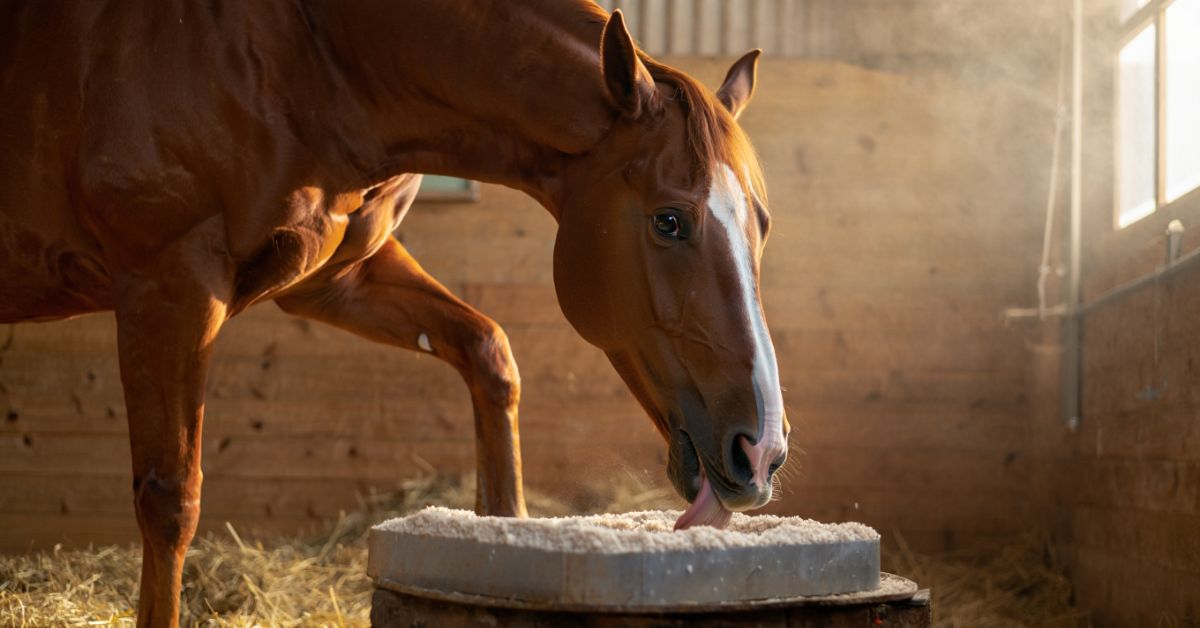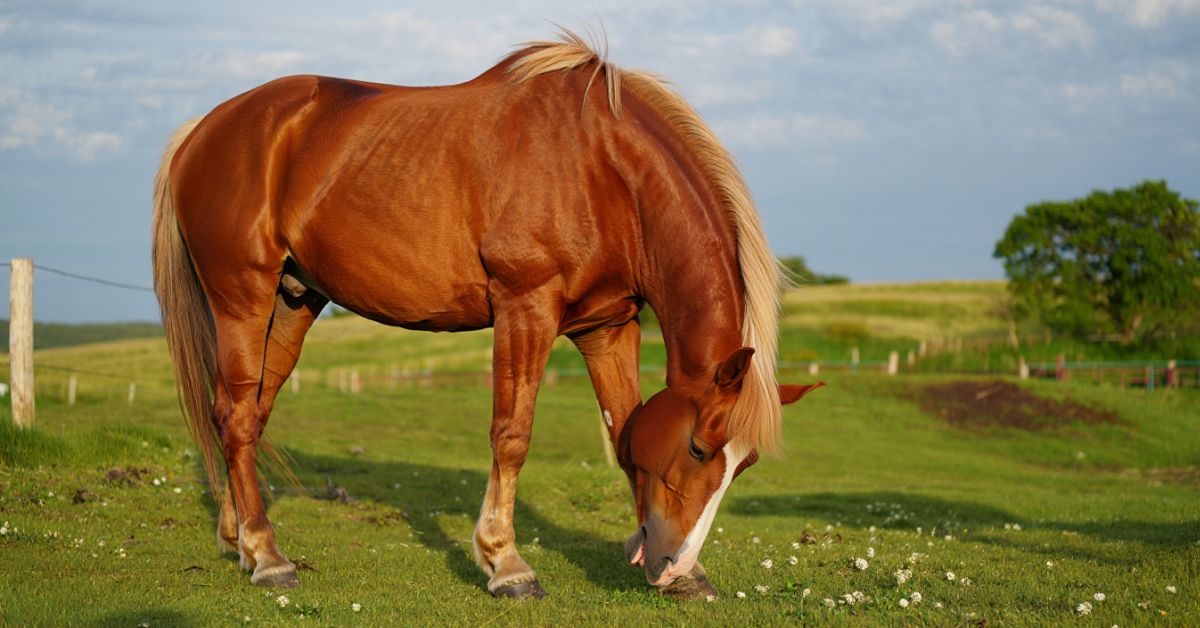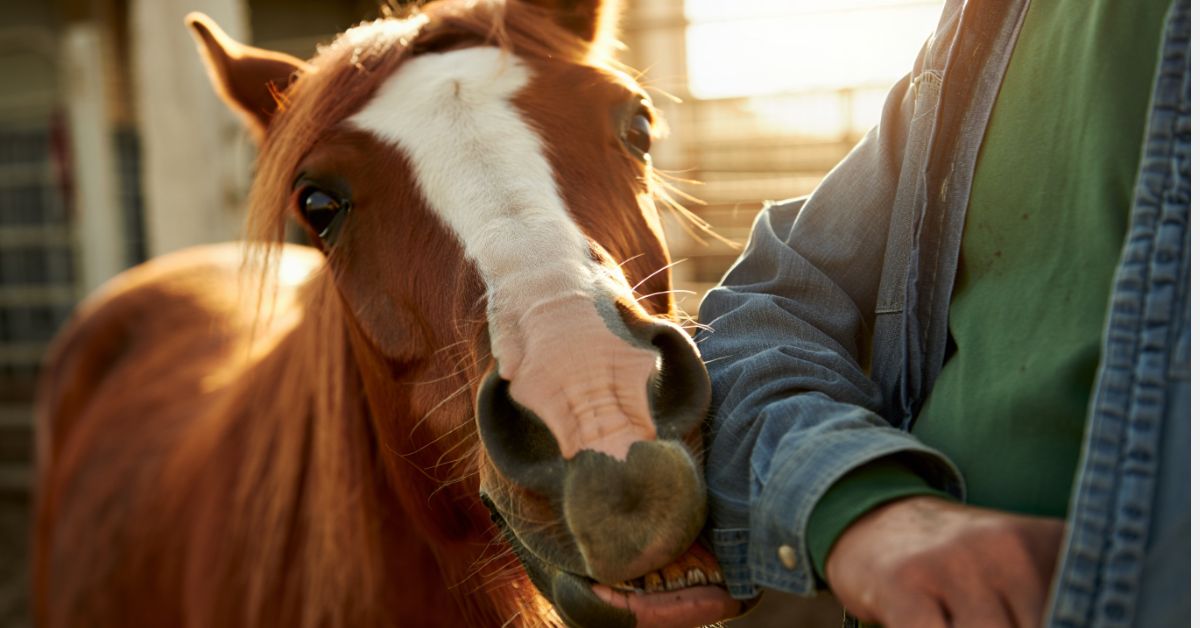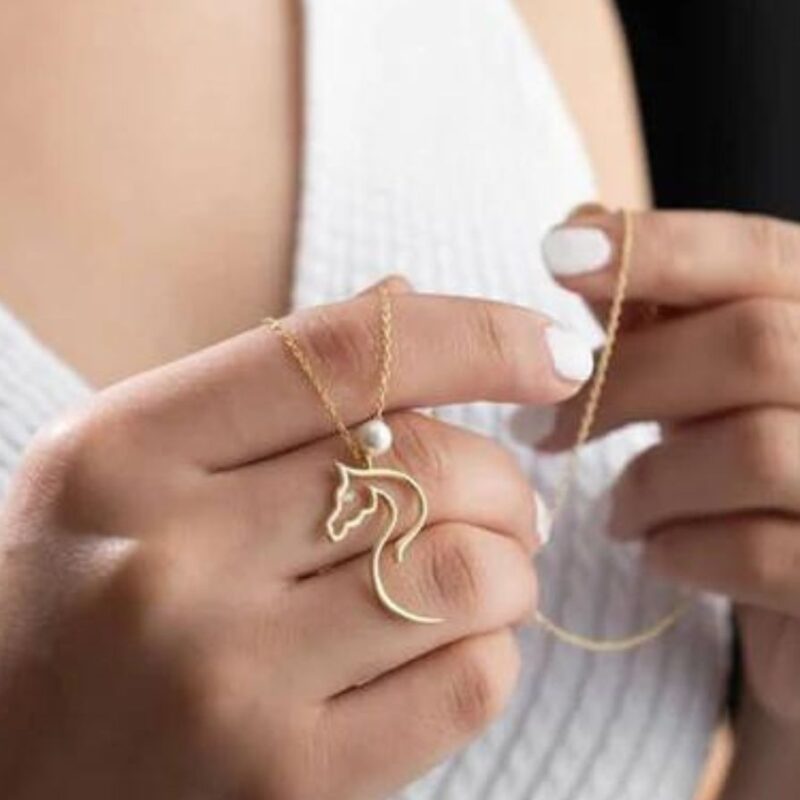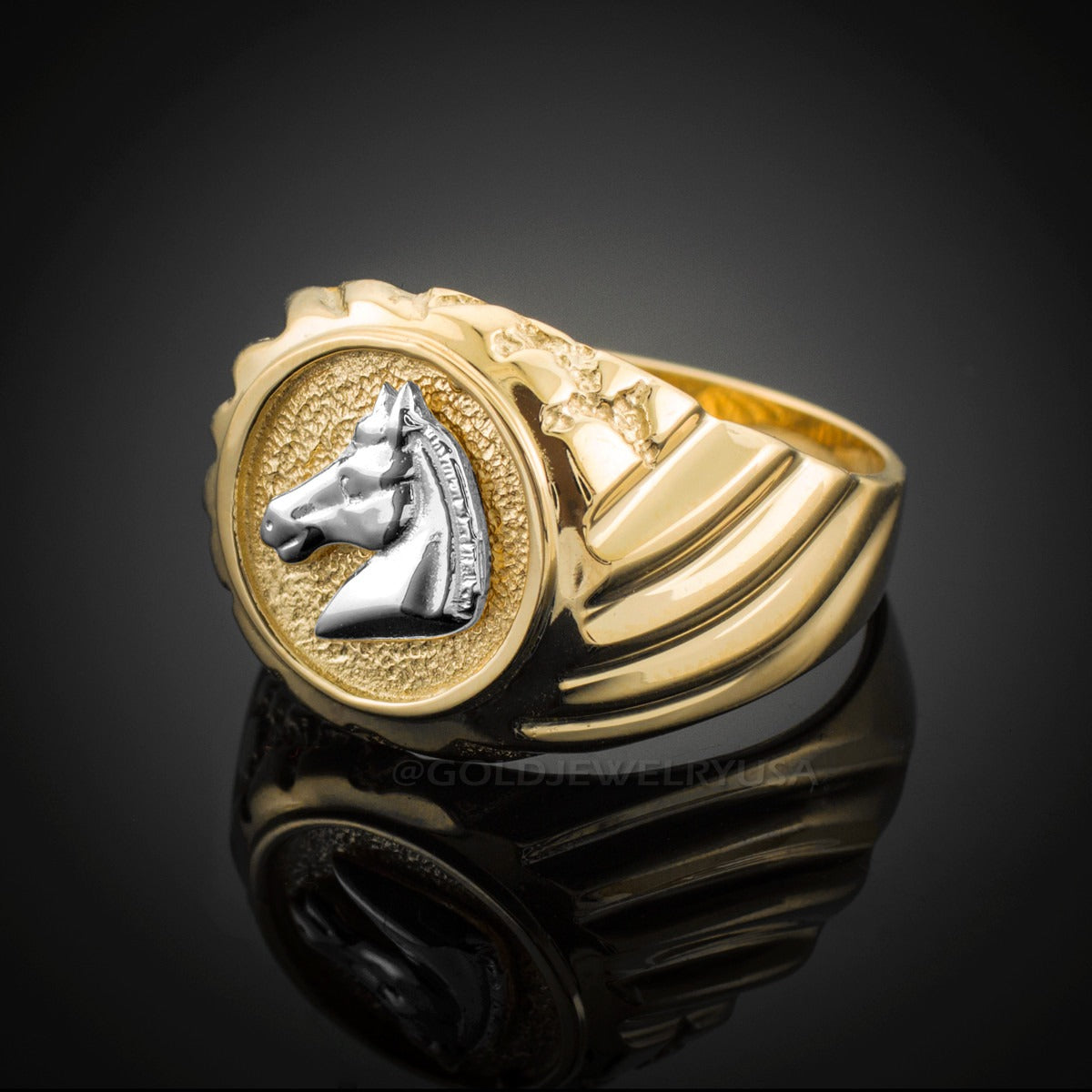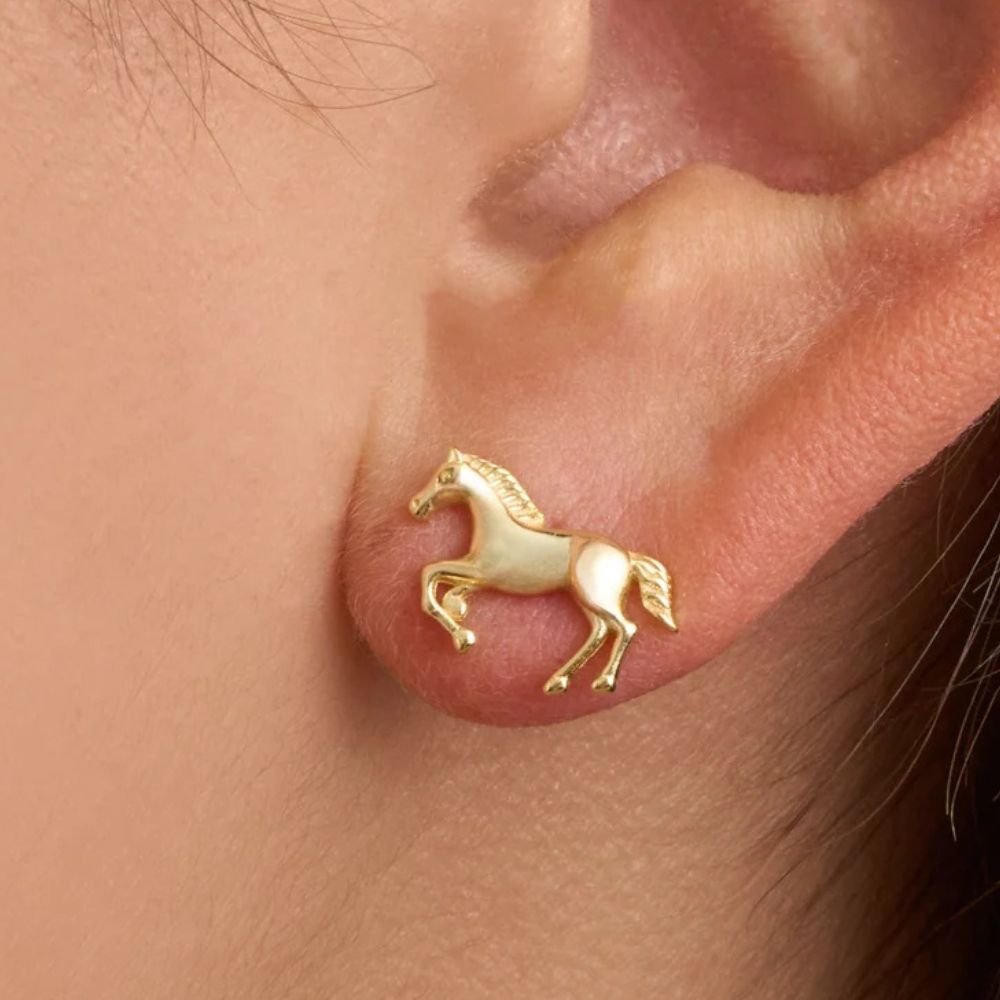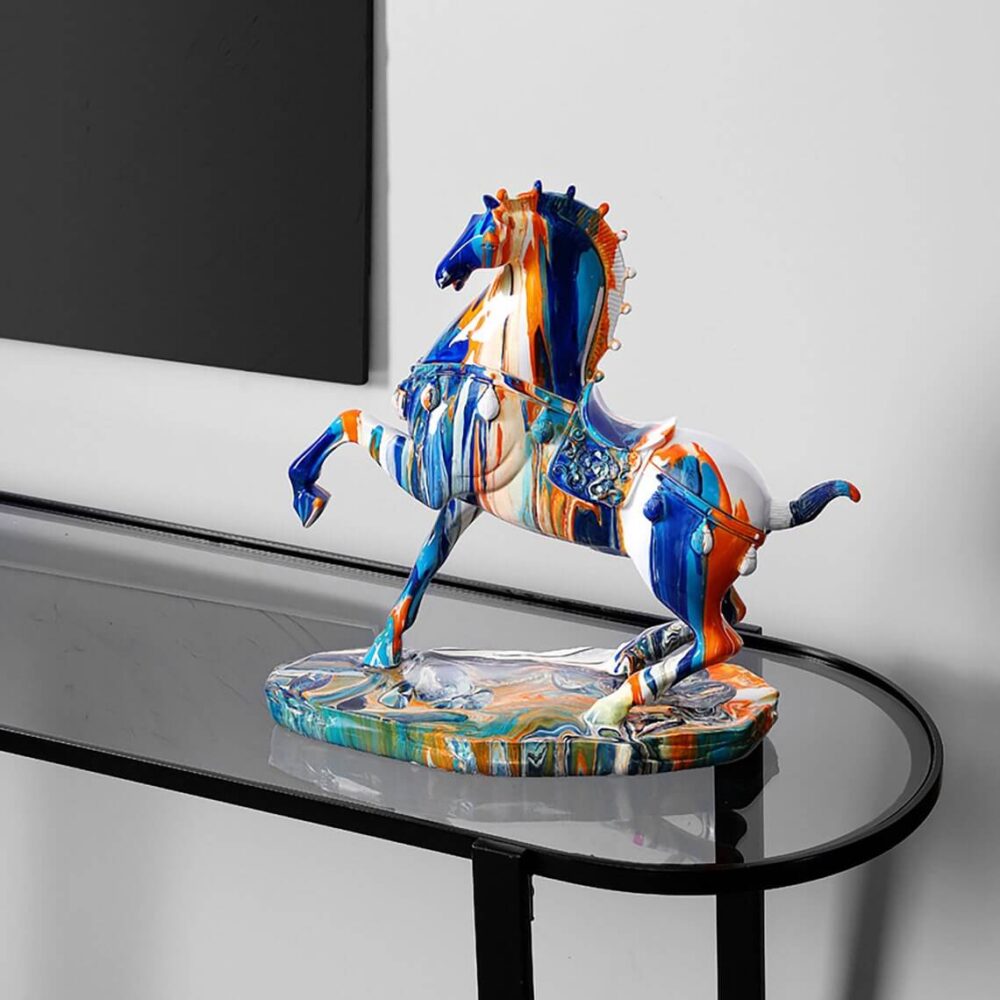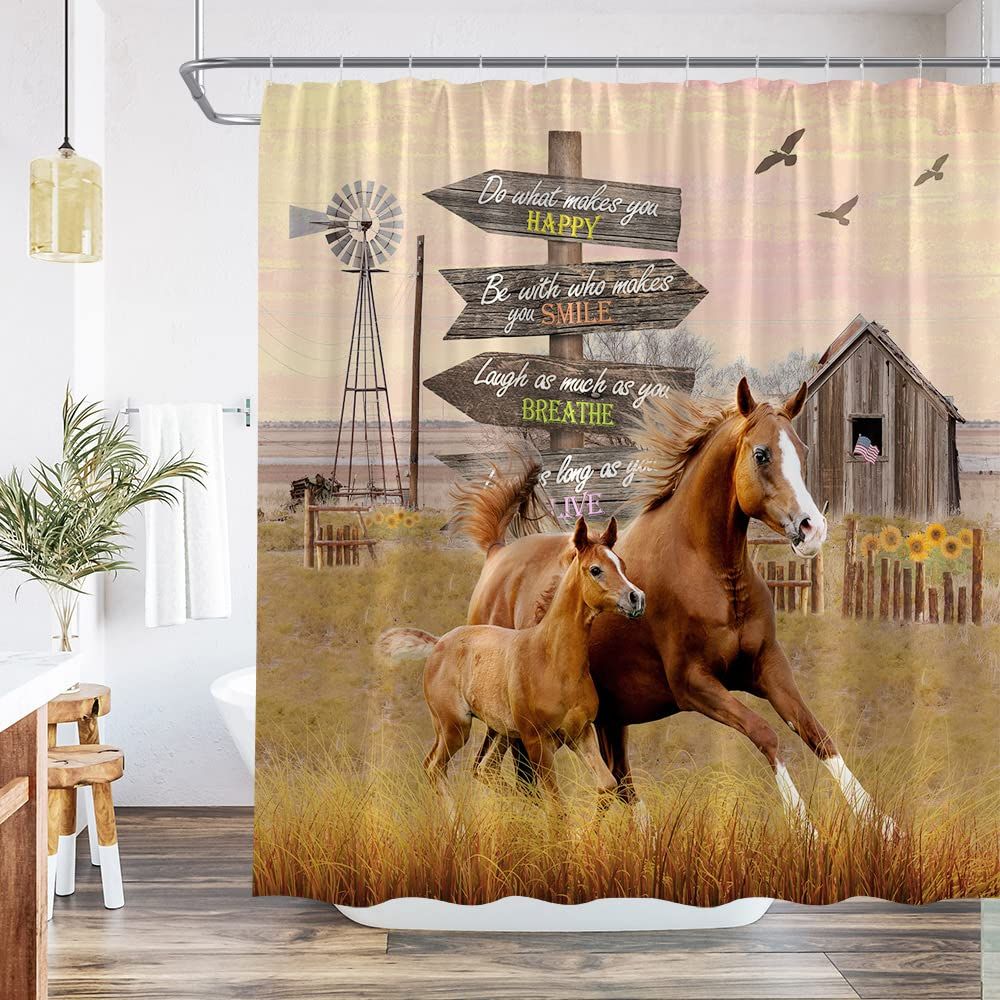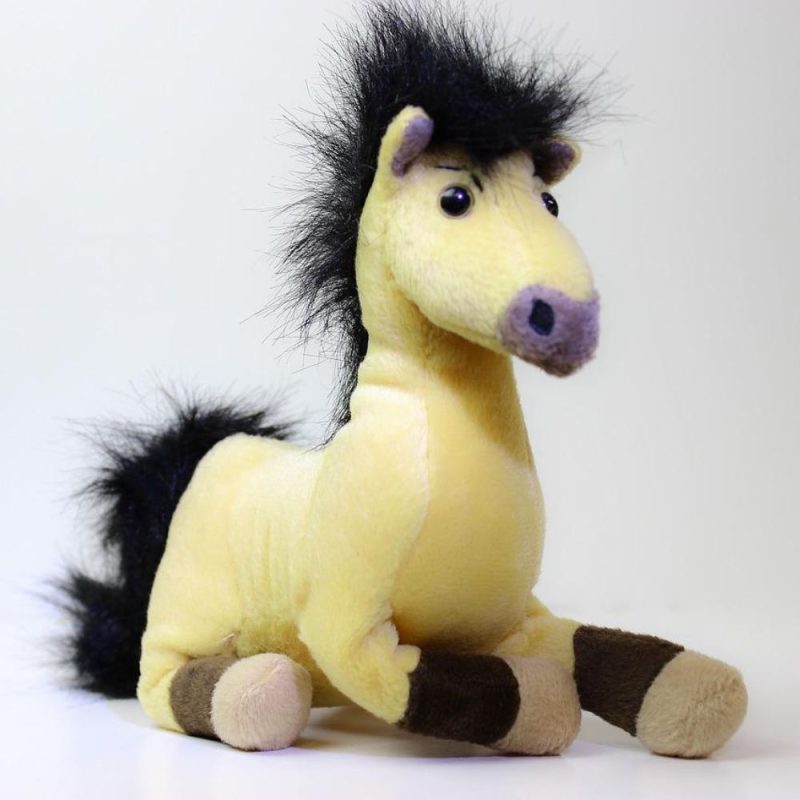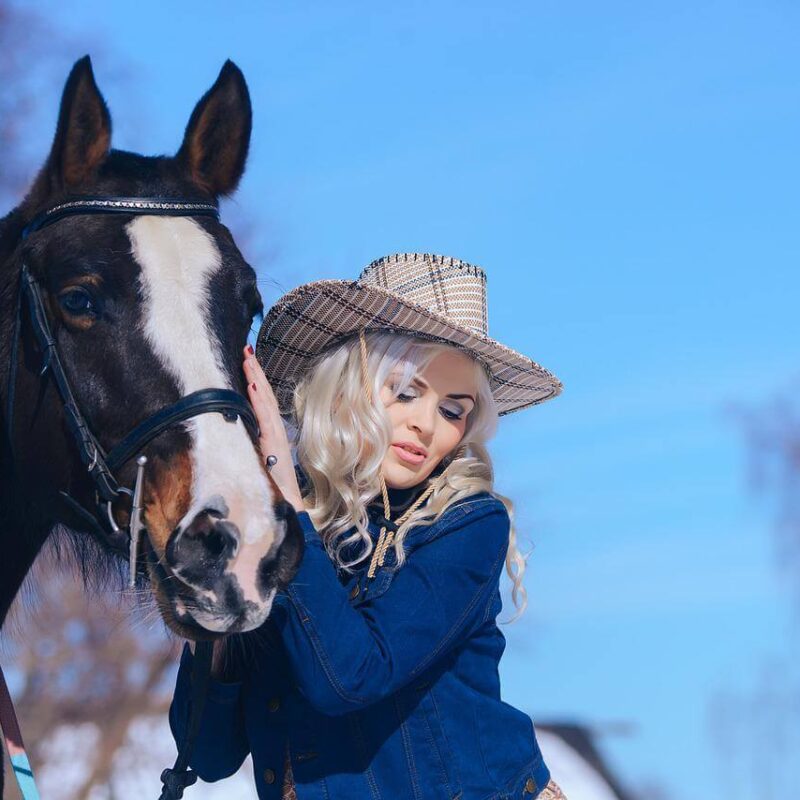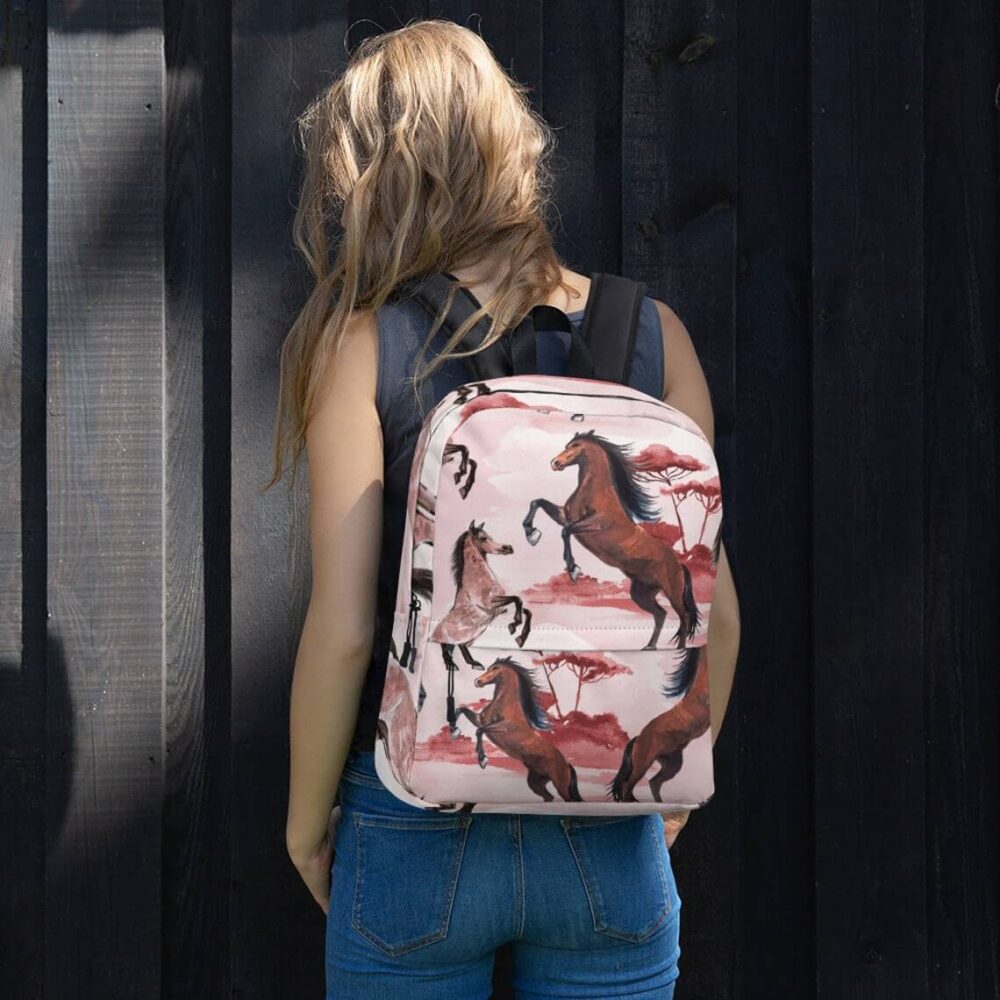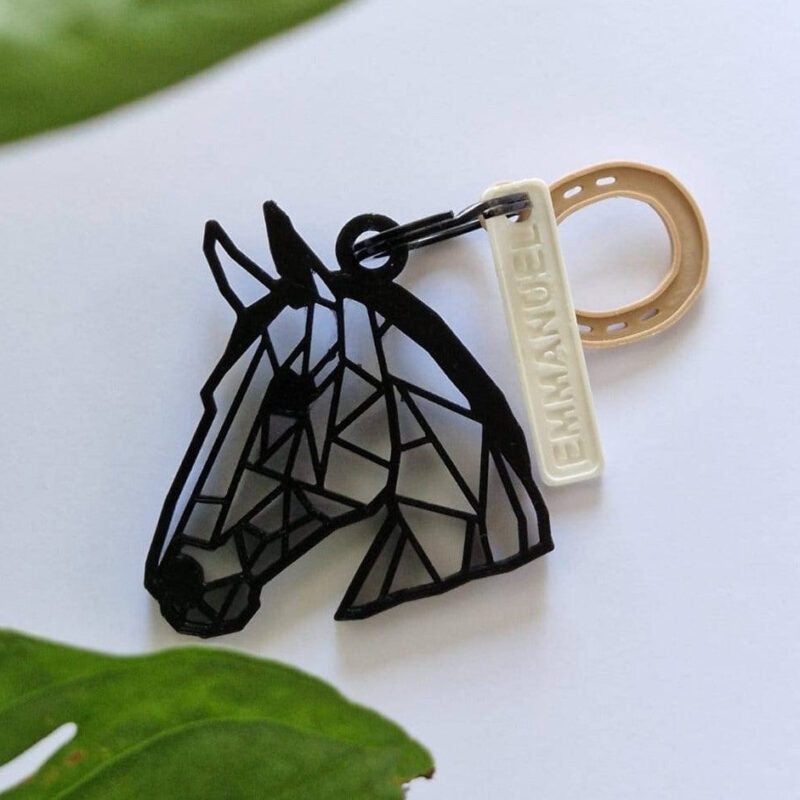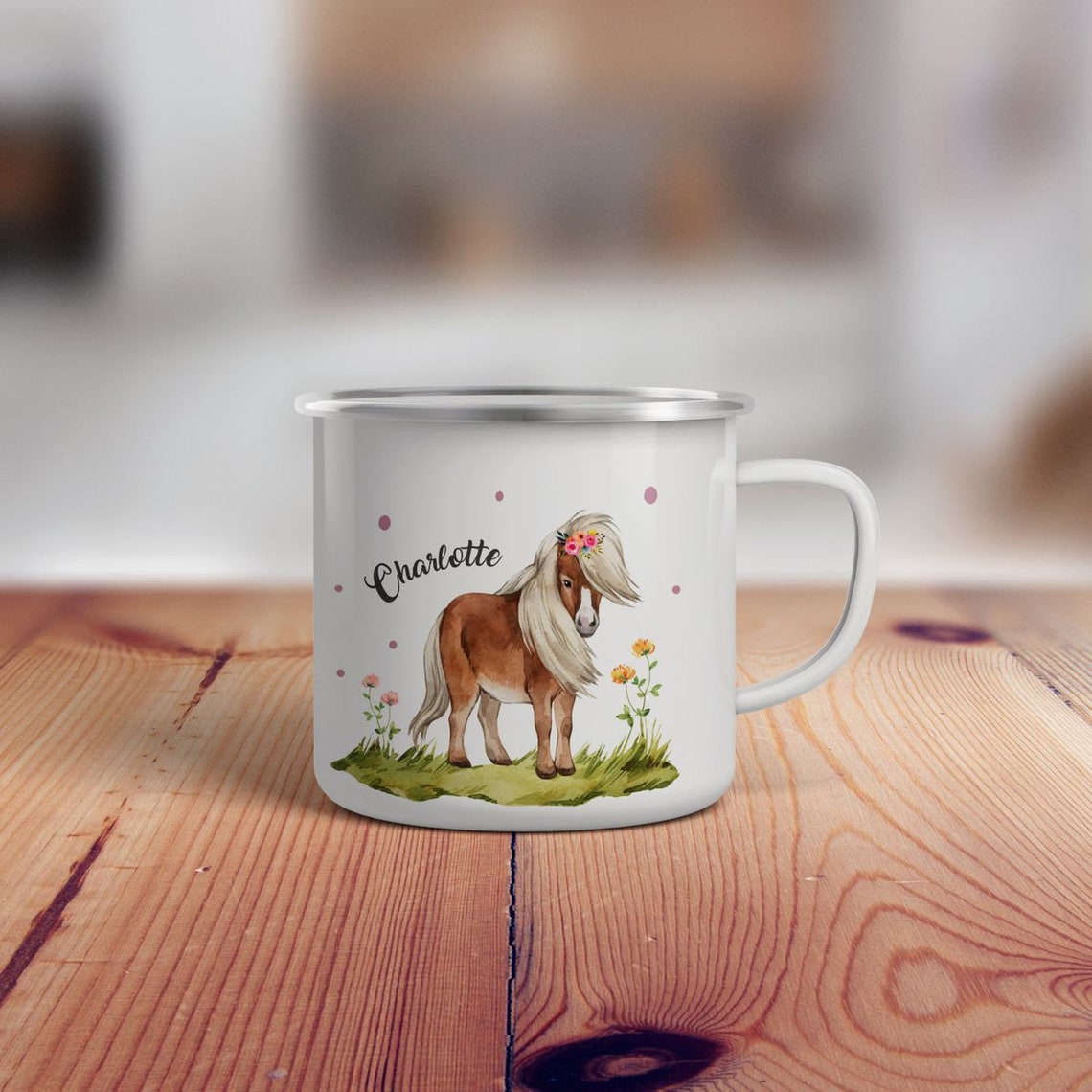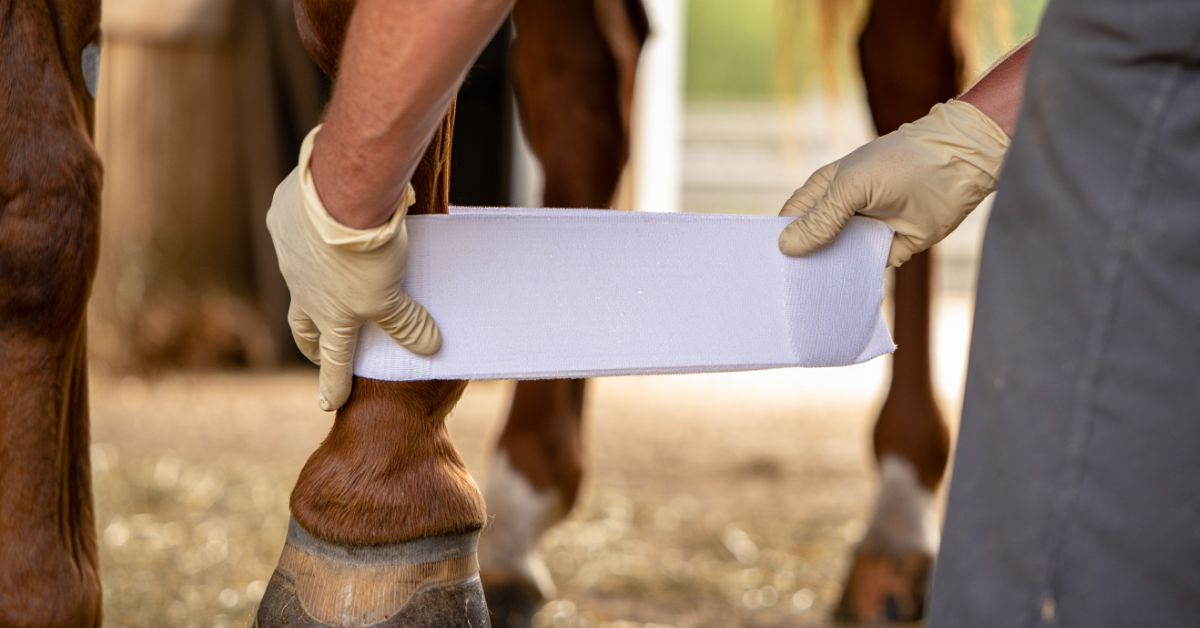
How to Wrap a Horse's Leg: The Complete Guide for Every Equestrian
How to wrap a horse's leg is an essential skill every horse owner and rider needs to master. Whether you're protecting your horse during transport, supporting healing injuries, or providing extra stability during exercise, proper horse leg wrapping techniques can make all the difference in your horse's health and comfort. Learning the right bandaging a horse's leg methods isn't just about rolling on some bandages—it's about understanding pressure, protection, and your horse's unique needs.
Horse leg wrapping involves applying protective materials around your horse's lower legs to provide support, prevent injuries, or aid in healing. The process requires specific materials like padding and bandages, proper technique to avoid pressure points on leg, and knowledge of when and why to wrap. Done correctly, wrapping protects tendons and ligaments, reduces swelling, and keeps your horse comfortable. Done incorrectly, it can cause serious damage, including bowed tendons or circulation problems. This guide will walk you through everything from choosing materials to mastering the perfect wrap, ensuring you can confidently care for your horse's legs in any situation. 🐴
Understanding Why and When to Wrap a Horse's Leg
The Purpose Behind Equine Leg Care
When to wrap a horse's leg depends entirely on your situation and your horse's needs. Back in 2018, the American Association of Equine Practitioners conducted research showing that proper equine leg care reduces injury rates by up to 40% in working horses. That's not just a number—that's real protection for your four-legged partner!
Think of horse leg protection like wearing shin guards during soccer. Your horse's lower legs are incredibly vulnerable, with tendons and ligaments doing heavy lifting without much natural protection. Tendon and ligament support through wrapping helps distribute stress and provides a safety net during demanding activities.
Common Scenarios Requiring Horse Leg Wrapping
Stable wraps (also called standing wraps) are your go-to for overnight support, helping reduce stocking up—that annoying leg swelling that happens when horses stand still too long. As legendary horseman George Morris once said, "Good horsemanship is built on attention to the smallest details." Those details include recognizing when your horse needs extra leg support.
Shipping wraps protect during trailer rides, preventing bumps and injuries from your horse trying to balance during transport. Polo wraps and exercise bandages provide support during work, though opinions vary on their necessity for everyday riding.
First aid for horse legs is perhaps the most critical application. Treating leg swelling, managing wind puffs, or caring for lower leg injuries often requires proper wrapping technique combined with veterinary guidance. In 2022, equine surgeons reported that proper initial bandaging significantly improved healing outcomes for soft tissue injuries.
When NOT to Wrap
Here's the truth: sometimes leaving legs unwrapped is better. Constant wrapping without reason can weaken tendons, and incorrect technique causes more harm than no wrap at all. If you're unsure about how tight to wrap or whether wrapping is necessary, consult your vet. Horse boot alternatives might serve better for some situations, offering protection without the complexity of bandaging.
Essential Materials for Proper Leg Wrap Technique
Building Your Bandaging Toolkit
Before you start swaddling a horse's leg, gather the right supplies. Quality matters here—cheap materials can slip, bunch, or fail when you need them most.
Padding for leg wraps forms your foundation. Options include:
-
Quilted leg wraps: Thick, cushioned pads that stay in place beautifully
-
Cotton sheet: Traditional applying leg cotton method, though requires more skill
-
Foam pads: Lightweight and easy for beginners
-
No-bow wraps: Contoured padding specifically designed to protect the tendons behind the cannon bone
Your padding should extend from just below the knee or hock down to the fetlock—that's the joint that looks like an ankle. Pro tip: padding should overlap itself slightly as you wrap to ensure even coverage.
Choosing the Right Bandages
Vet wrap application has become increasingly popular because it sticks to itself without clips or pins. However, traditional standing bandages, polo wraps, and elastic bandages all have their place. Each type offers different compression levels and purposes:
Standing wraps use 4-5 inch flannel or elastic bandages, perfect for overnight support. Polo wraps are stretchy fleece bandages great for exercise but controversial among some trainers due to heat retention concerns. Track bandages provide firmer support for horses in serious work.
Understanding Bandaging Pressure
Here's where things get serious: bandaging pressure can make or break your wrapping success. The goldilocks principle applies—not too tight, not too loose, but just right. Too tight and you risk cutting off circulation, causing bowed tendons, or creating painful pressure points on leg. Too loose and the wrap slides down, bunches, or provides zero support.
How tight to wrap? You should be able to slip two fingers between the bandage and padding comfortably. The wrap should feel snug and secure without being constricting. When finished, check that the tendons aren't bulging around the edges—that's a red flag for too much pressure.
Mastering the Step-by-Step Wrapping Process
Preparation: Setting Yourself Up for Success
Proper leg wrap technique starts before you touch a bandage. Position your horse in a safe, well-lit area where they can stand comfortably. Clean the leg thoroughly—dirt and debris under wraps can cause irritation or worse. Check for heat, swelling, cuts, or sensitive spots that might need veterinary attention before wrapping.
Gather all materials within reach. Nothing's more frustrating than having padding perfectly positioned while your bandage roll sits across the barn! Keep everything organized: padding on your shoulder, bandage in hand, and fasteners in your pocket.
The Foundation: Applying Padding Correctly
Start with your padding material. For a cannon bone wrap, begin just below the knee (or hock for hind legs). Smooth the padding around the leg, ensuring it lies flat without wrinkles or bunched spots—think of wrapping a delicate present, not stuffing a sleeping bag!
The padding should cover from just below the knee/hock down to and including the fetlock wrap area. Overlap each pass of padding by about 50%, creating even thickness around the entire leg. Pay special attention to the tendons at the back of the leg—this area needs adequate cushioning to prevent preventing bowed tendons.
For injury prevention and treating leg swelling, ensure padding extends slightly beyond where the bandage will end. This prevents the bandage edge from creating a pressure line that could restrict circulation or cause discomfort.
The Wrap: Technique That Makes the Difference
Now for the main event: bandaging a horse's leg! Hold your bandage roll with the loose end trailing, and start wrapping just below the knee or hock. This is crucial: wrap in a spiral bandaging pattern, always going around the outside of the leg first (clockwise on the left legs, counterclockwise on the right legs when facing the same direction as your horse).
Wrap direction matters because it follows the natural angle of tendons and helps prevent interference from the opposite leg. Imagine your wrap following a gentle downward spiral, like a candy cane stripe.
The overlap technique should maintain consistent coverage—overlap each layer by 50% of the bandage width. This ensures even pressure distribution and prevents gaps that could allow the wrap to slip or bunch. Think of it like shingling a roof: each layer protects the one beneath it.
Continue wrapping down to the fetlock, then reverse direction and wrap back up, covering the same area again. This double-coverage provides optimal support. Some situations require a figure-eight wrap around the fetlock for additional stability, but this advanced technique needs practice to avoid excessive pressure on the joint.
Securing and Finishing
Finish your wrap at the middle of the cannon bone—never at the tendons or directly over a joint. Secure with the built-in fasteners, tape, or safety pins (positioned on the outside of the leg where the horse can't catch them). Check your work: the wrap should feel uniformly snug, with no bulges, gaps, or twisted areas.
After wrapping, monitor your horse for the first 30 minutes. If they seem uncomfortable, paw at the ground, or the leg feels hot or cold, remove the wrap immediately and reassess. Dr. Sue Dyson, renowned equine veterinarian, notes: "A poorly applied bandage is worse than no bandage at all—it can cause the very injuries it's meant to prevent."
Different Types of Wraps for Different Needs
Standing Wraps and Stable Wraps for Daily Care
Standing wraps are your workhorse bandages (pun intended!). These provide overnight support, prevent stocking up, and keep horses comfortable during stall rest. Applied in the evening and removed each morning, they're part of many professional barns' daily routines.
The key with stable wraps is consistency without dependence. Use them when needed—after hard work, during injury recovery, or for horses prone to swelling—but avoid making them a permanent crutch. Horses' legs need natural movement and variation to maintain strength.
When to Use Standing Wraps
Consider daily leg wraps for horses who:
-
Have a tendency toward leg filling or stocking up
-
Are recovering from soft tissue injuries
-
Have been working particularly hard
-
Are prone to wind puffs or minor inflammation
Remove and reapply standing wraps at least once every 24 hours. Check the legs carefully each time—you're looking for changes in temperature, swelling, or skin condition.
Shipping Wraps for Safe Transportation
Shipping wraps are thicker and more protective than standing wraps, extending higher up the leg (often including the knees and hocks) and lower down to cover the coronary band. Transportation poses unique risks: horses must balance in a moving vehicle, and a misplaced step can cause injury.
Start shipping wraps higher on the leg than regular wraps, and use extra padding. The goal is maximum protection against bumps, scrapes, and the horse stepping on itself. Many professionals combine shipping wraps with shipping boots for even more security.
Safe wrapping practices for shipping include checking wraps before loading, during stops on long trips, and immediately upon arrival. A wrap that shifts during transport can become dangerous quickly.
Exercise Bandages and Polo Wraps
Polo wraps have been a staple in many disciplines since the 1960s, when they gained popularity for their ease of use and attractive appearance. These stretchy fleece bandages wrap directly on the leg (no padding needed) and provide light support during riding.
However, polo wraps are controversial. Some trainers swear by them, while others argue they create more heat than support, potentially weakening tendons over time. Exercise bandages with proper padding offer more genuine support but require more time and skill to apply.
For serious protection during demanding work, track bandages or aids for splints provide firmer support than polo wraps. The choice depends on your discipline, your horse's needs, and your veterinarian's recommendations.
Specialized Wraps: Hock, Knee, and Figure-Eight Techniques
Hock wraps and knee wraps protect these critical joints during shipping or recovery from injury. These require modified techniques because joints need flexibility while still receiving protection.
The figure-eight wrap technique crosses bandages in an X-pattern over joints, providing support while allowing movement. This advanced method requires practice—improper application can restrict the joint or create dangerous pressure points.
For most horse owners, standard cannon bone wrap and fetlock wrap techniques handle 90% of situations. Master these basics before attempting specialized wraps, or have an experienced professional demonstrate first.
Troubleshooting Common Wrapping Mistakes and Safety Concerns
Recognizing and Avoiding Pressure Problems
Pressure points on leg are the most common and dangerous wrapping error. These occur when bandages are too tight, applied unevenly, or secured over sensitive areas like tendons or joints. Warning signs include:
-
Swelling above or below the wrap
-
Heat in the wrapped area
-
Cold legs or hooves (indicating circulation restriction)
-
Horse discomfort, pawing, or unusual behavior
-
Indentations or marks after wrap removal
If you notice any of these signs, remove the wrap immediately. Preventing bowed tendons and other serious injuries requires vigilant attention to proper technique and regular monitoring.
The Dangers of Improper Bandaging
Let's be real: bad wrapping can seriously hurt your horse. Too-tight wraps can cause "bandage bow"—tendon damage from excessive pressure. Uneven pressure creates hot spots and sores. Wraps applied over dirty legs can cause skin infections or irritation.
In 2019, a study of common wrapping injuries found that 73% were preventable with proper technique and materials. That's a sobering statistic that should motivate every horse owner to learn correct methods.
Bandage Care and Cleaning
Bandage care and cleaning extends your materials' life and maintains their effectiveness. Wash bandages regularly—dirty wraps lose elasticity and can harbor bacteria. Most polo wraps and standing bandages are machine washable (cold water, gentle cycle, air dry to prevent shrinkage).
Inspect padding and bandages before each use. Stretched-out elastic, torn fabric, or contaminated materials need replacement. Quality bandaging supplies are an investment in your horse's health—don't compromise with worn-out equipment.
When to Call the Vet
Some situations absolutely require professional guidance:
-
Caring for lower leg injuries beyond minor scrapes
-
Significant swelling that doesn't respond to basic wrapping
-
Heat or pain in the leg
-
Managing wind puffs that suddenly worsen
-
Any uncertainty about how to wrap a horse's leg for a specific medical situation
Veterinarians can demonstrate proper leg wrap technique for your horse's specific needs and assess whether wrapping is the right approach. Never let pride or budget concerns prevent you from seeking professional help—your horse's soundness is worth it!
Frequently Asked Questions on Horse Leg Wrapping
How tight should I wrap my horse's legs?
How tight to wrap is a crucial question! Your bandage should be snug enough to stay in place and provide support, but never restrictive. The best test: you should comfortably slide two fingers between the bandage and underlying padding. If you can't, it's too tight. If the wrap slides around easily, it's too loose. Remember, bandaging pressure that's too intense can cause bowed tendons or circulation problems—when in doubt, slightly loose is safer than too tight.
Can I leave wraps on overnight?
Yes, standing wraps are specifically designed for overnight use. However, several important rules apply: always use adequate padding beneath bandages, check the wrap's tightness before leaving your horse, and remove wraps within 12-24 hours maximum. Never leave exercise bandages or polo wraps on overnight—these aren't designed for extended wear and can cause heat buildup or uneven pressure. For horses requiring long-term support, consider horse boot alternatives that allow more air circulation.
What's the difference between polo wraps and standing wraps?
Polo wraps are stretchy fleece bandages applied directly on the leg for light support during exercise. They're easy to use but provide minimal actual support and can generate heat. Standing wraps combine thick padding with non-stretch or minimal-stretch bandages for overnight support, treating leg swelling, or injury prevention. Standing wraps offer better support and protection but require more skill to apply correctly. Think of polo wraps as workout compression sleeves, while standing wraps are more like medical bandaging.
Should I wrap all four legs or just the injured leg?
This depends on your situation. For shipping wraps or stall rest, wrapping all four legs prevents one leg from looking "different" to your horse and distributes support evenly. For treating leg swelling or caring for lower leg injuries on one specific leg, wrapping just the affected leg is often appropriate. However, many professionals wrap the opposite leg as well to provide balanced support—particularly important if one leg is bearing extra weight while the other heals. Ask your vet for guidance on your specific situation.
How do I know if I've wrapped too tightly?
Watch for these warning signs: swelling above or below the wrap, excessive heat in the wrapped area, cold hooves or lower legs, your horse showing discomfort or repeatedly lifting the wrapped leg, or deep indentations visible after removing the wrap. Check wraps 20-30 minutes after application—if problems develop, they often show up quickly. Pressure points on leg are serious, so when in doubt, unwrap and reapply with less tension. Proper bandaging pressure should feel secure but never restrictive.
Can wrapping prevent injuries during riding?
Exercise bandages provide some tendon and ligament support during work, but they're not miracle workers. Proper leg wrap technique can help reduce minor strains and protect against interference injuries (when one leg strikes another). However, wraps don't prevent injuries caused by poor conditioning, improper footing, overwork, or bad luck. Think of them as supportive equipment, not protective armor. Focus on proper training, conditioning, and horsemanship as your primary injury prevention strategies, with wrapping as a supplementary tool.
What should I do if my wrap keeps slipping down?
Slipping wraps indicate either inadequate padding, incorrect wrap direction, poor overlap technique, or stretched-out bandages. Solutions: ensure padding extends the full length you're wrapping, maintain consistent 50% overlap, wrap from the outside of the leg first following proper spiral direction, and replace old bandages that have lost elasticity. No-bow wraps and quality quilted padding help wraps stay in place better than thin or cheap materials. If wraps consistently slip despite correct technique, consider horse boot alternatives that might suit your situation better.
Is it better to use boots or wraps?
Both have advantages! Boots are quicker, nearly fool-proof, and offer excellent protection for shipping or turnout. Wraps provide customizable support, allow you to add medication or poultices underneath, and work better for treating leg swelling or injuries. For everyday riding protection, quality boots often make more sense for amateur riders. For daily leg wraps during stall rest, therapeutic needs, or professional competition, wraps offer more versatility. Many horsemen use both depending on the situation—boots for convenience, wraps when precision matters.
Conclusion
Mastering how to wrap a horse's leg is a fundamental skill that every equestrian should possess. From stable wraps that prevent overnight swelling to shipping wraps that protect during transport, proper horse leg wrapping techniques ensure your horse's comfort and safety in countless situations.
Remember the key principles: always use adequate padding for leg wraps, maintain consistent bandaging pressure, follow correct wrap direction and overlap technique, and monitor your horse carefully after wrapping. Whether you're preventing bowed tendons, treating leg swelling, or simply providing daily support, attention to detail makes all the difference.
Equine leg care is both an art and a science. Practice your bandaging a horse's leg skills regularly, stay informed about best practices, and never hesitate to seek professional guidance when needed. Your horse depends on you for their horse leg protection—make sure you're equipped with knowledge and quality materials.
Express your style and assert your individuality as a dedicated horse lover—your commitment to learning proper horse leg wrapping shows the depth of your horsemanship!

